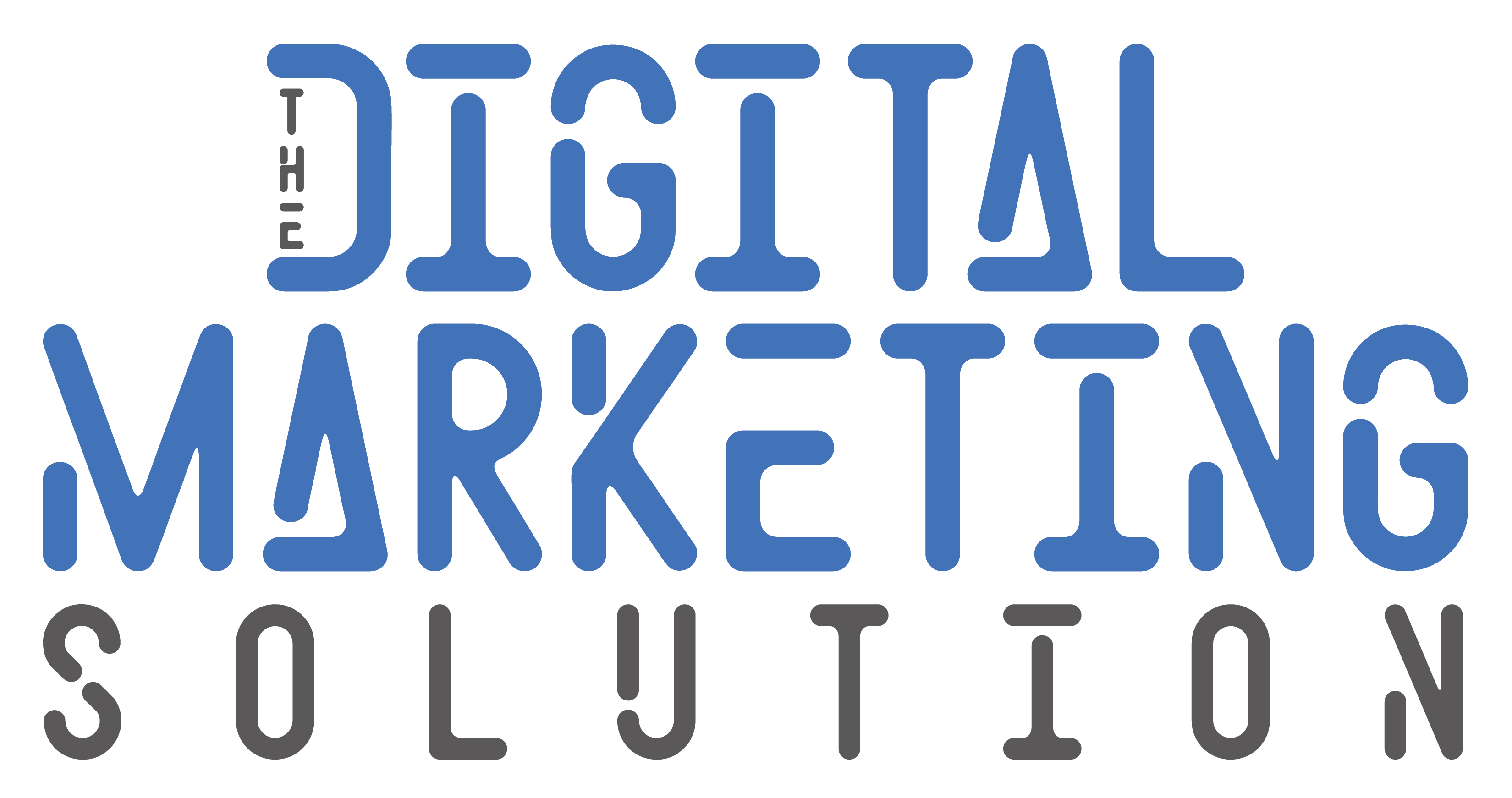Shapes and colors are essential elements in design, providing both visual impact and functional utility. Whether you’re designing for digital or print, here’s how you can effectively use them:
1. Create Visual Hierarchy
- Shapes: Use geometric shapes to guide the viewer’s eye. Circular forms can highlight focal points, while rectangles can organize information by creating defined sections.
- Colors: Apply contrasting colors to draw attention to key elements, such as call-to-action (CTA) buttons, making them stand out.
2. Enhance Mood and Emotion
- Colors: Choose a color palette that aligns with the mood you want to convey. Warm colors like red and orange can evoke excitement or passion, while cool colors like blue and green suggest calm and trust.
3. Improve Readability and Accessibility
- Contrast: Ensure there is a strong contrast between text and background colors to enhance readability, particularly for audiences with vision impairments.
- Shapes: Use shapes to create borders or backgrounds, enhancing the text’s readability by separating it from the background.
4. Support Brand Identity
- Consistent Colors: Use your brand’s color scheme consistently across all designs to reinforce brand recognition.
- Unique Shapes: Develop and incorporate unique shapes that become synonymous with your brand, as seen with companies like Nike or Apple, which have iconic logos.
5. Add Functional Effects
- Shapes & Gradients: Utilize plugins and tools to transform simple shapes and color gradients into dynamic effects. This can add depth and interaction to static designs, making them more engaging.
By effectively integrating shapes and colors into your design process, you create not just aesthetic appeal, but also functional designs that communicate more effectively with your audience. Balancing creativity with clarity will ensure your designs not only captivate but also convert.
